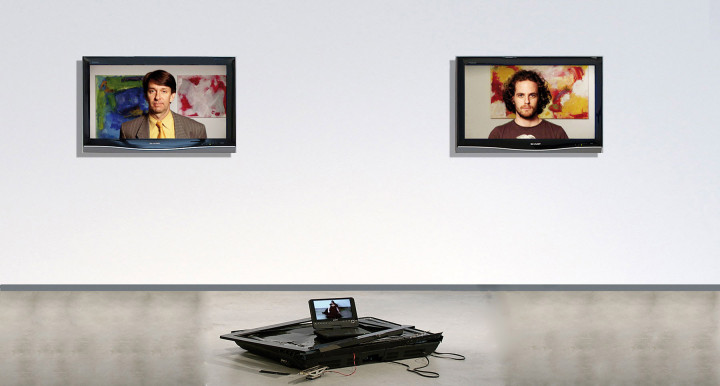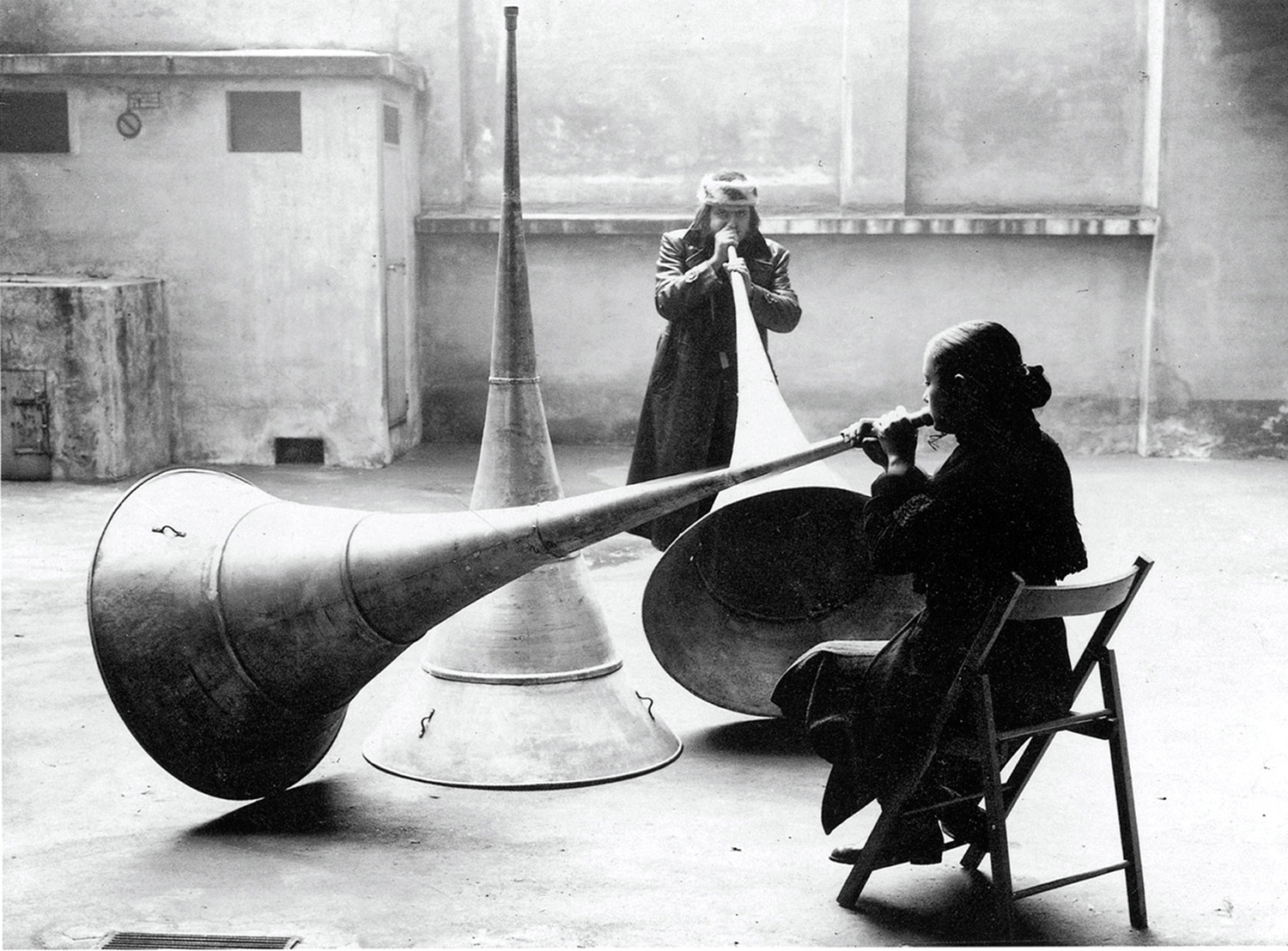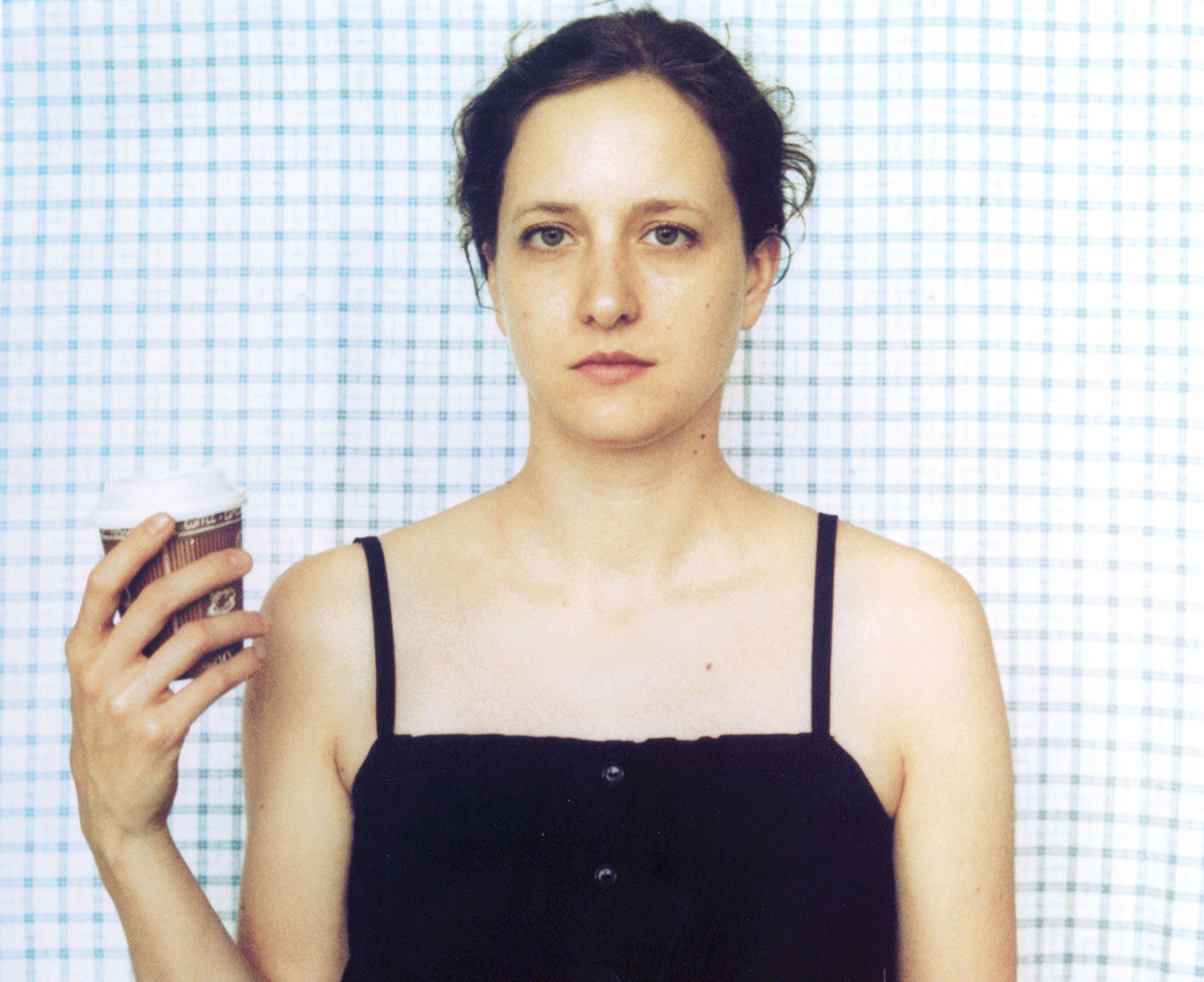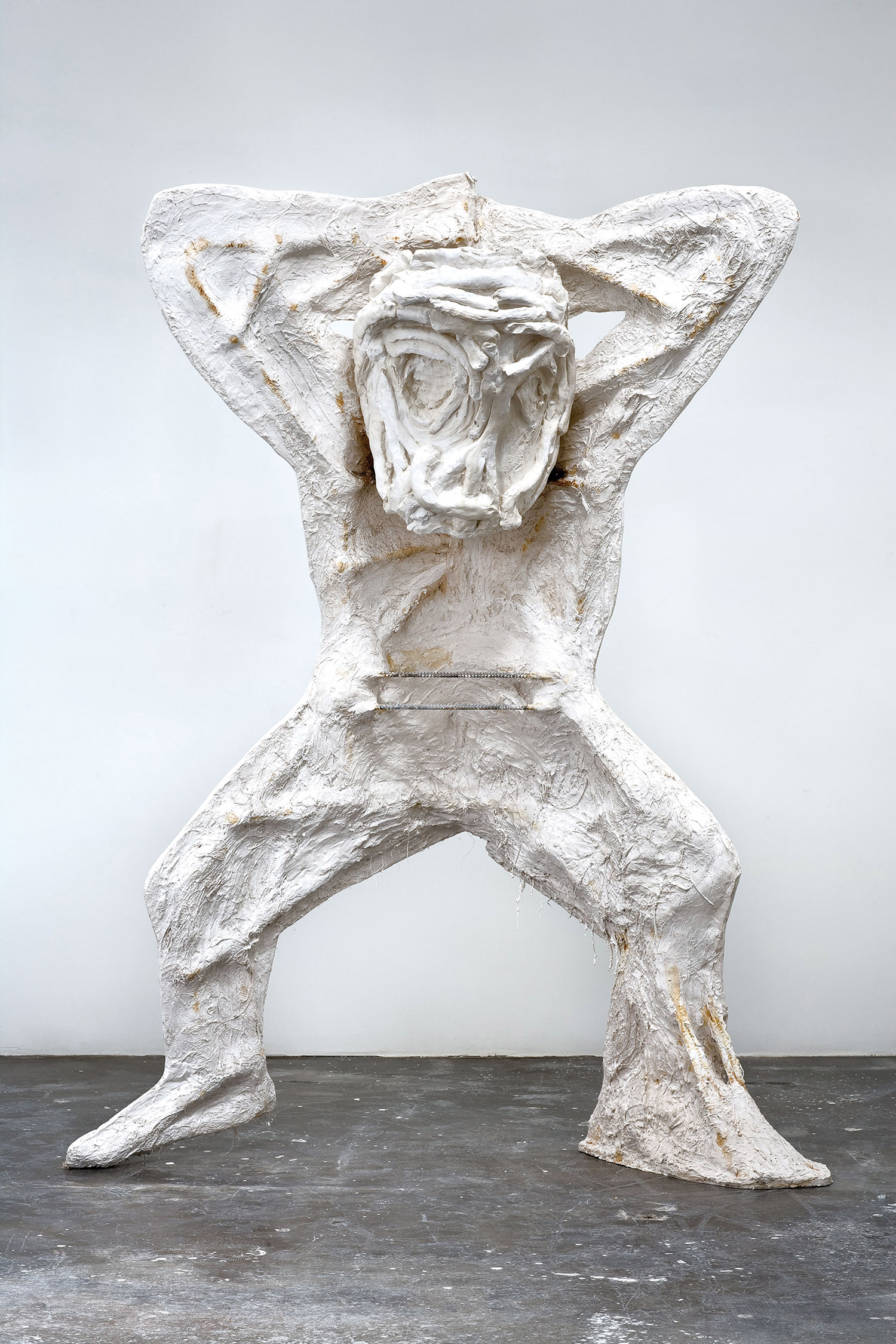
Virginie Bobin: Ideal Viewer (2009), the performance piece that you recently did in New York, involved a Crying Woman, an Ex-Boyfriend and an Interpreter. Who are these characters and how do they relate to each other?
Einat Amir: They are professional actors who I asked to improvise very freely within certain guidelines. The Crying Woman sitting in front of a broken screen is a sort of self-portrait, but above all she embodies the Artist, at this moment of crisis in the creative process when everything seems to fall apart. Many people can identify with this sort of catharsis, and feel moved by it. At the same time, when the viewer notices that she is looking at a video of herself crying on a small screen, it becomes an ironic comment about the history of narcissism and self-portrait in art and it reminds you that it is inauthentic.
VB: The Interpreter seemingly addresses the audience to comment about the piece, but ends up talking more about himself as an actor…
EA: The first performance I did was inviting an actor, Brad, to play his own role but talk about my work at the Columbia Open Studios. I told him nothing about the content of my work, only to be imaginative. The character of the Interpreter is a lot about his own expectations, but in the end it is not so different from mine, expecting to be discovered and become famous…

VB: Why did you decide to bring the piece into a more trivial territory with the character of the Ex-Boyfriend?
EA: The Ex-Boyfriend is an ironic take on the need for art to be biographical. Artists, and especially women, are still expected to express their own experience through their work. I never met this guy before and yet he is here to reveal the true story behind my art. He is a reversed mirror of the interpreter, who is telling the truth about the piece without knowing it. At the same time, there is some genuine optimism, as each actor who performed these characters in different contexts brought something completely new.
VB: How do you position yourself within this set of roles?
EA: Before all I am an artist. In these pieces, the artist is also a character, alongside the object, the audience, the critic, all of whom I am trying to capture in this pointless bubble. And then, working with actors, I have to perform the role of a director, which is new to me.
VB: It seems that your interest evolved from politics and gender to the structure and systems of the art world when you moved from Israel to New York.
EA: My work is site-specific, in the broadest way. It is about the city, the context of the show — my intentions versus the ones of the people who invited me. It is more about experiencing and viewing in a specific context, beyond the art one. There is still this desire to slap your face now but, hopefully, in a more mature, sophisticated way…





